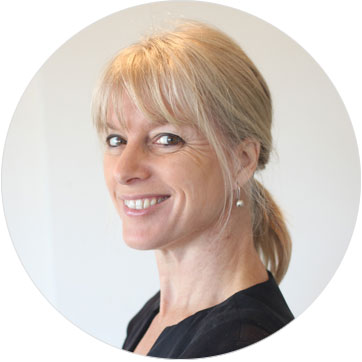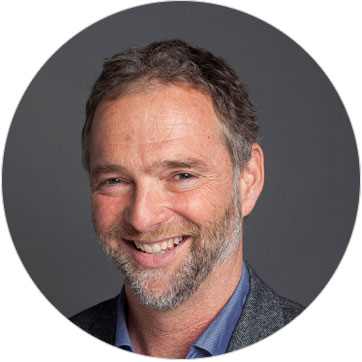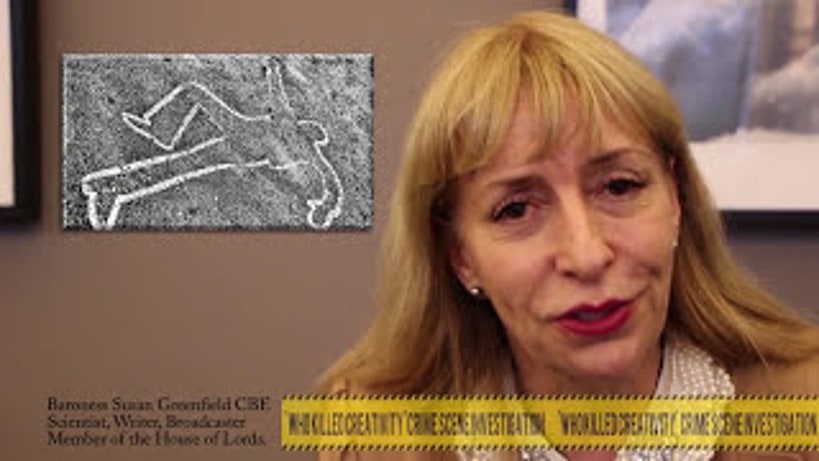By Gaia Grant with Baroness Susan Greenfield
How to capture creative ideas and bring them through to innovation
Are you supporting all the stages of the creative process?
Have you ever thought about what it really takes to come up with creative ideas and solutions? It is not a simple isolated random act (although sometimes it may appear that way to the outsider!), but rather a complex process. Each stage of the process contributes equally to the ability to producing novel and useful creative outcomes. Unfortunately that process can be blocked at any stage along the way, effectively killing creativity. So how do you ensure you support each stage of the process? Tirian’s SID Model (Strategies for Innovative Development) breaks down the stages as follows and demonstrates how creative thinking can lead to innovation. We use this model with our clients to look at human centric design thinking – this allows them to take difficult problems and systematically work through to an implementable solution.
ENQUIRE: Ask questions and challenge assumptions (cultivate curiosity)
EXPLORE: Brainstorm and seek diversity of ideas
SOLVE: Separate and connect different ideas to come up with new solutions
APPLY: Test ideas are practical and implement them
In the process of exploring the significance of each stage, we have spent time with Baroness Susan Greenfield, a neuroscientist based at Oxford University. Susan talks about the importance of recognizing and supporting each stage of this process through the different phases of life. She believes “growing up” kills creativity, and that as we finally become capable of applying meaning and relevance to events as adults (APPLY), we are in danger of losing our ability to do the things we did so well as children, that is to: 1. challenge dogma (ENQUIRE), and 2. explore a range of ideas and bring together unprecedented elements (EXPLORE + SOLVE).
I think what has killed creativity is actually growing up, because if you think about the process for children, they are always willing to paint, they are willing to ask questions. They challenge dogma because they are not aware of what the dogma is. And it’s the same for creativity. Really the first step is to deconstruct what other people accept.
In science you are always challenging preconceived ideas. For example even in designing a car, with Mini they challenged the dogma of having the engine at the front. But that’s not enough just to ask questions, you then have to bring together unusual unprecedented elements. Why isn’t a child’s painting automatically qualified to hang in an art gallery, even though they are seemingly being creative? And I think in the third stage, which is the hardest one, is that has to means something.
It actually has to be relevant, it has to make to you see the world somehow in a new way, whether it’s a book, whether it’s a painting, whether it’s music, whether it’s science. You suddenly say ‘Aha, Eureka! Now I understand!’ That’s the hardest thing. And I think what kills that final process is the elimination of the first two prerequisites.
When you are very young you are able to do the first two: challenge dogma and bring together unusual elements. But by the time you’re grown, by the time you’re equipped to have a meaningful context where you can join up the dots, by then you’re too frightened, you’re too scared to ask the questions in the first place.
We lose the potential to be creative. It depends of course how you’re defining creativity. If you’re defining it as the ability and motivation to pick up a paintbrush and draw a picture, that’s very different from actually having that picture hanging in an art gallery. So if you’re talking about the creative process, or fulfilling the requirements to eventually be able to do some masterpiece, then sadly I think that is discouraged as one gets older. But it’s not as if from the very beginning as a small child you’re automatically gifted with great insights into the human condition. No, but what we do as I said there’s 3 processes, we develop the first two then we lose it, just at the time when we’re getting the third prerequisite…”
Susan’s impressive work has confirmed the importance encouraging the full range of creative thinking skills from the perspective of neuroscience. Are you adequately supporting each stage of the creative process?
Baroness Susan Greenfield CBE is a British scientist, writer, broadcaster and member of the House of Lords. She is the Director of the Institute for the Future of the Mind & Professor of Synaptic Pharmacology at Lincoln College, Oxford.
Susan is available as a special guest presenter for our CSI series with complementary topics such as:
1. The impact of 21st century technologies on the mind & creative thinking
2. The importance of non-conscious processing in creative thinking
See more
3. Expert’s CSI opinions on innovation,
4. PURE FACILITATION Design Thinking: how the model works,
5. The full detailed models used for Creative Thinking Design thinking and innovation,
6. Full range of Creative Scene Investigation: programs, book, games, simulations, videos, articles, solutions etc,
Baroness Susan Greenfield believes “growing up” – kills creativity.

Gaia Grant (PhD) is a lecturer and researcher at the University of Sydney Business School in the Discipline of Strategy, Innovation, and Entrepreneurship, focusing on research into innovation paradoxes and ambidextrous leadership. Gaia is also a Director of Tirian Innovative Solutions, & the co-author (with Andrew Grant) of a number of books including ‘The Innovation Race’, and “Who Killed Creativity?”.

Andrew Grant is the Director of Tirian Innovative Solutions, and co-author (with Dr Gaia Grant) of a number of books including ‘The Innovation Race’, and “Who Killed Creativity?”.


